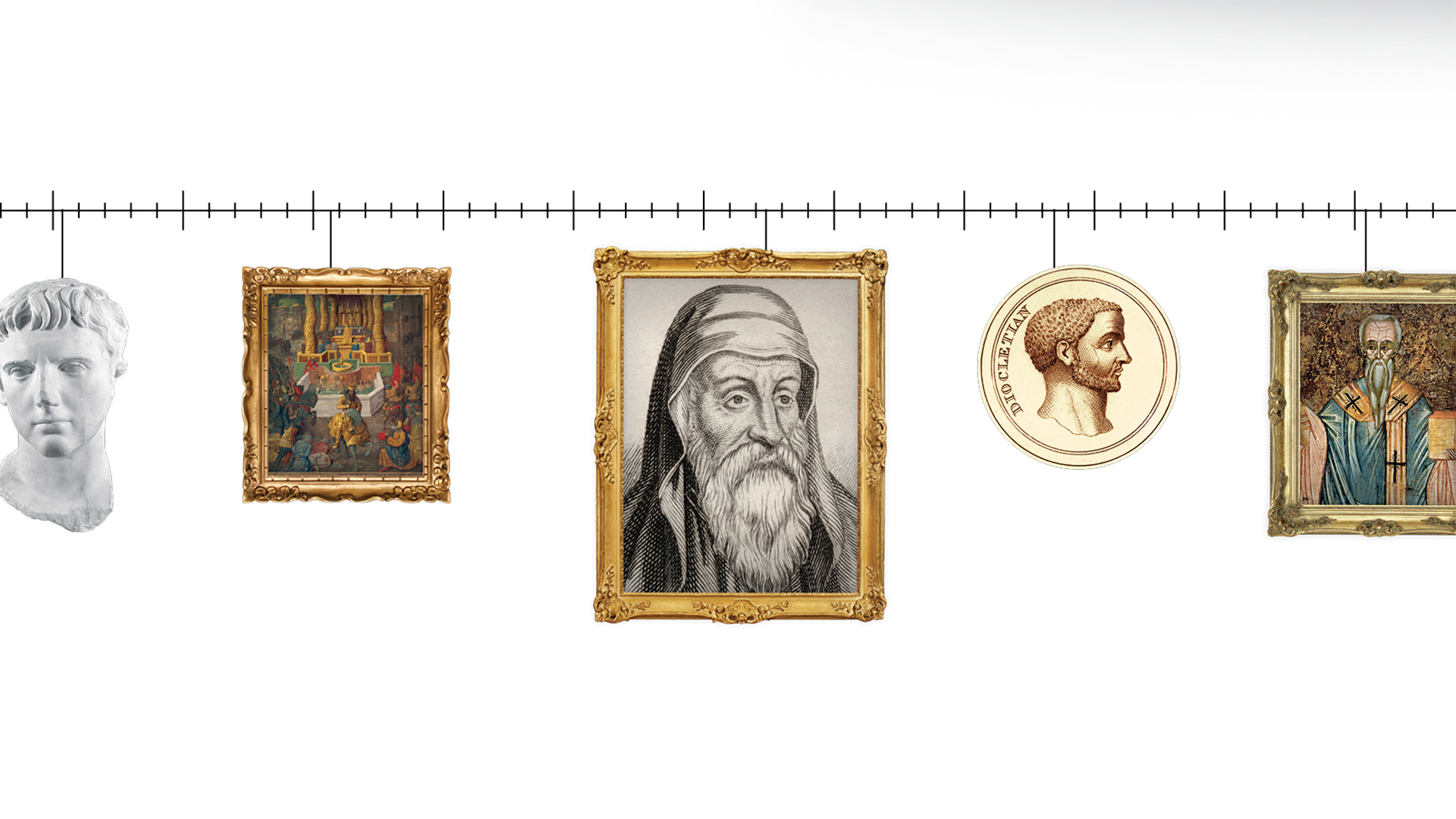
How should we read the parables of Jesus? Does every detail in these stories carry some rich spiritual meaning? In this brief clip, R.C. Sproul provides a principle to help us interpret the parables of Christ.
Transcript:
Now there’re some principles that we need to know whenever we meet parables in the New Testament. The first one is that a parable normally—and I say, normally—is not an allegory. And the church got herself in lots of trouble historically by trying to interpret the parables as if they were allegories. Now you’re familiar with that particular genre of literature that we call the allegory. We think of Hawthorne’s Young Goodman Brown, or perhaps the most famous allegory of all time is Bunyan’s Pilgrim’s Progress, where every element in the story has some particular symbolic meaning and everything stands for something. And the temptation is to look at the parables of Jesus and read them all as if they were allegories. Now it becomes problematic because the Parable of the Sower has strong elements of allegory within it. And the wicked husband is another parable that has elements of allegory in it, but in the main, the basic rule of interpreting parables is that most of the parables are delivered with the idea of communicating one central critical point. And if you try to find too much hidden in the incidental elements of the story, you’ll end up with all kinds of bizarre theories and distortions of the Word of God.
Read More
Ligonier Ministries Blog
